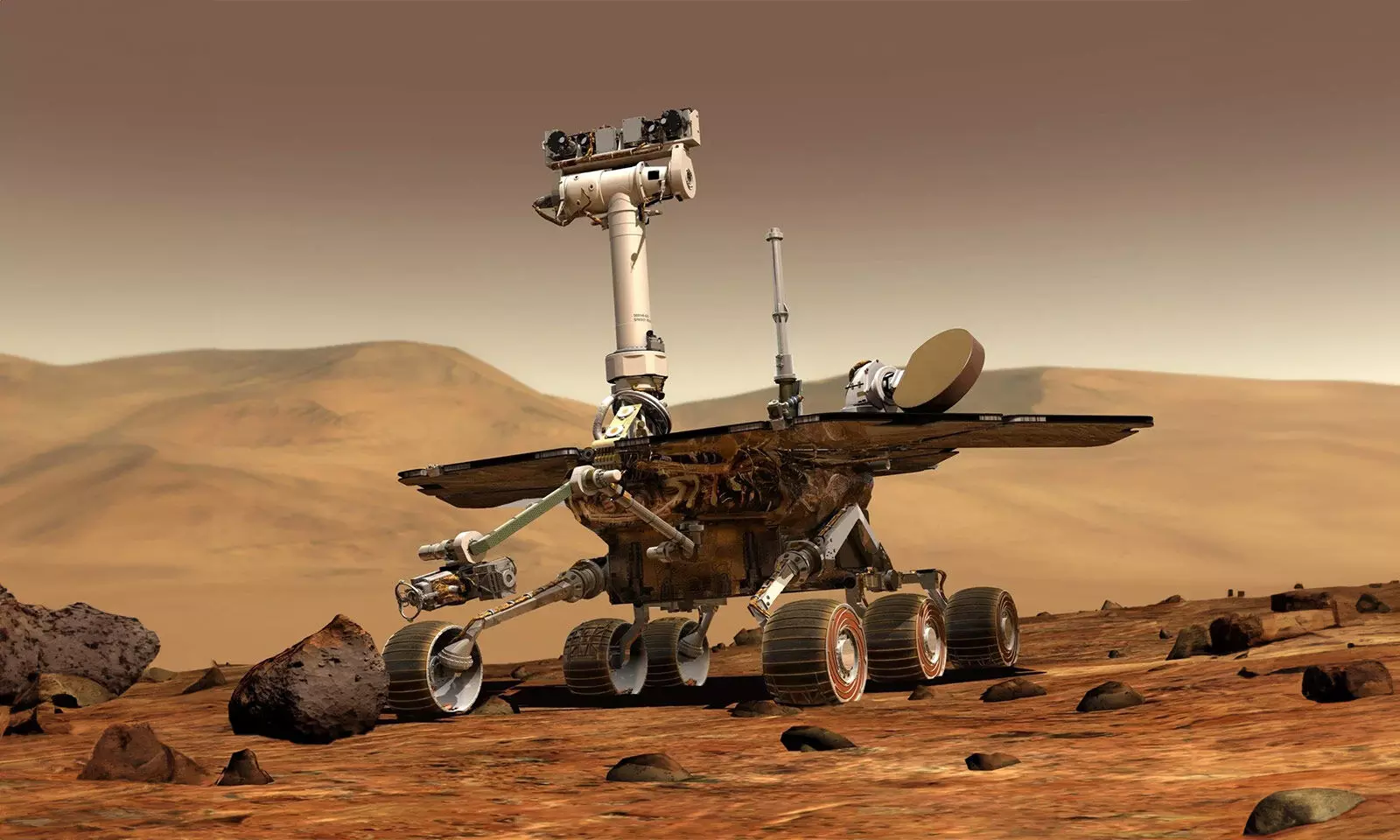Remote-Controlled Robots: The Key to Exploring the Moon and Mars
Discover how remote-controlled robots play a vital role in lunar and Martian exploration, enabling scientists to gather data, conduct experiments, and navigate challenging terrains on these distant celestial bodies.
Remote-Controlled Robots: Key to Lunar and Martian Exploration

Human exploration of the Moon and Mars is set to significantly depend on teleoperated robots. Researchers at the University of Bristol are making impressive strides toward developing a remote-control system that allows operators on Earth to manage lunar rovers, thereby reducing the need for human presence on-site for certain tasks. This innovation aims to lower costs and enhance the precision of manned lunar missions.
Recent experiments conducted at the European Centre for Space Applications and Telecommunications of the European Space Agency (ESA) have validated the system's effectiveness. By utilising virtual simulations instead of real-time camera feeds—impeded by a 1.3-second communication delay between Earth and the Moon—researchers successfully manipulated a rover’s robotic arm to handle lunar regolith simulants.
Enhancing Realism with Haptic Feedback
A standout feature of the Bristol team's system is its haptic feedback, which simulates the sensation of touch. This technology allows operators to feel the properties of lunar regolith through the remote-control interface, providing realistic force feedback during tasks such as lifting samples or excavation. Although currently limited to basic functions, there are plans to extend haptic feedback to more complex operations.
According to researcher Joe Louca, the simulation can even mimic the Moon’s lower gravity, giving operators a realistic sense of lunar conditions. This method could be invaluable for future missions that do not require astronaut presence and for ongoing lunar exploration.
While the focus remains on the Moon, Mars could similarly benefit from these teleoperation techniques, particularly in missions aimed at returning samples. As the costs and timelines for Mars missions increase, this technology could usher in a new era of space exploration. Louca anticipates that as NASA’s Artemis project unfolds over the next decade, more people will utilise these advanced teleoperated systems.

